Give VR a chance: why it's not the gimmick you think it is
This article may contain personal views and opinion from the author.
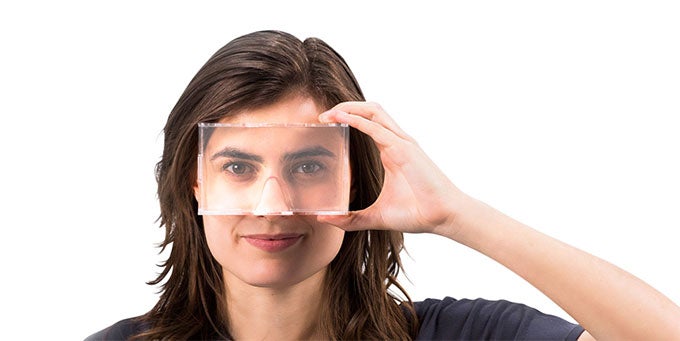
Google I/O is just hours away from getting started, and it's sure to herald the arrival of lots of big mobile news: Android N jazz, the next evolution of Android Wear, and maybe even some Nexus hardware announcements have been forecasted. One topic that could prove to be especially big is virtual reality, and rumors have already made some pretty lofty predictions about what Google could have to share with us. Beyond some Android system-level support for VR that's been popping up in Android N preview builds, there's word that Google could really step up and embrace VR hardware with a new self-contained Android VR headset.
Smartphones birthing VR was an inevitability
Forward-thinking engineers have been trying to crack the VR nut for decades now, but their aspirations have long exceeded their means. Doing VR right requires accomplishing a ton of things in real time, from precise, high-speed input tracking, to delivering convincing graphics – not just once, but an equally impressive view for each eye.
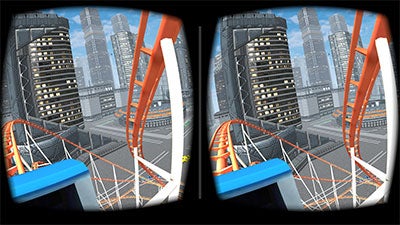
For an extremely low investment, existing smartphone users could slap their handsets in a Cardboard viewer, fire up the app of their choice, and finally check out what the big deal about VR was for themselves.
Is that ... it?
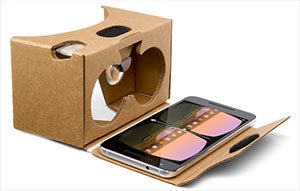
Under the magnification of the viewer's lenses, your smartphone display's tiny pixels are suddenly a screen door of blocky tiles, inconsistent frame rates deliver what's effectively a prescription for motion sickness, and sensors originally intended to differentiate little more than portrait orientation from landscape are expected to deliver unheard-of levels of accuracy (all while not succumbing to inertial drift).
The next level
The future of VR requires advancements on two fronts, and the first of those is viewing hardware. Getting over the current limitations of phone-based systems like Cardboard require hardware that's more tailored to the unique needs of VR. While phone makers could certainly deliver handsets with higher-res screens and more advanced sensor tech, do those changes also make sense for such a niche use case?
Well, hardware like the kind we're going to see on Lenovo's new Project Tango phone sure might address that sensor question, but this could ultimately be barking up the wrong tree. It makes a whole lot of sense to take what we learned from Cardboard and directly address its shortcomings with some custom hardware – and if the rumor mill is headed in the right direction, that's exactly what Google could be doing with this Android VR.
We still don't know exactly what to expect from the hardware, but breaking that link between phones and VR could easily afford Google the freedom to fix Cardboard's biggest flaws. We've heard that we probably can't expect Vive or Oculus-quality VR from Android VR (and them being powered by high-end gaming PCs with graphics cards that cost more than some phones, how could we?), but a big leap forward in the immersive qualities of the Cardboard experience isn't out of the question.
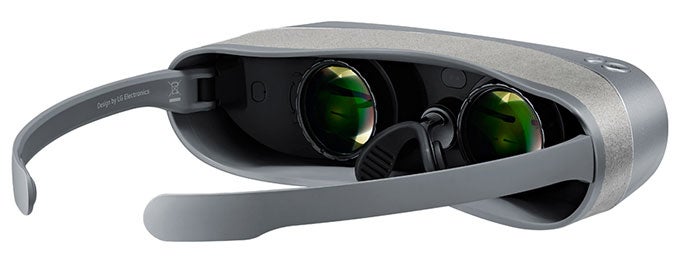
Not just what you watch, but what you make
In a roundabout way, we're only now getting to the meat of this argument: how is VR still not some gimmick? And maybe more to the point, why should you care about it?

More expensive camera solutions already accomplish this task, but the sea change is going to happen when we finally get affordable consumer-grade 3D VR camcorders. That could still be a couple years away, but the ability to relive experiences as if you were right back there is going to be a powerful selling point for the future of VR hardware.
It's about us, and how we experience media
Every time an advancement in technology helps media become more able to recreate another aspect of our reality, there seems to be some degree of push-back. The addition of sound to films created new production challenges, and even the arrival of color was once seen as a gimmick. But not only have these advancement become essential parts of the medium over time, they've helped enhance our ability to really connect with the vision of the artist – and lose ourselves in that work.
When we scoff at cheap-looking Google Cardboard viewers or bow out of a VR game after a few minutes of unsatisfying head-spinning, we're not being taken advantage of by some gimmick-purveyors out to make a quick buck; we're witnessing the start of fundamental shift in the way we interact with computers.
Back at MWC, Mark Zuckerberg said that it would take ten years before VR caught up to smartphones in terms of public acceptance. Maybe he's right that we've still got years and years to wait. And just as early PDAs and smartphones weren't for everyone, as they got better their appeal grew and grew.
Something similar is going to happen with VR – or rather, it's already happening – so don't be surprised if you find yourself looking back on your early doubts and wondering how you ever did without this kind of tech in your life.
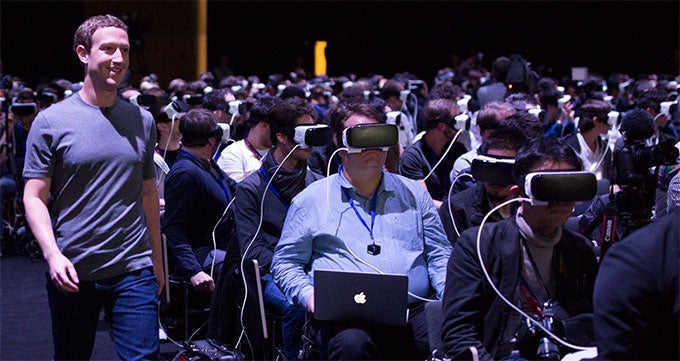












Things that are NOT allowed: